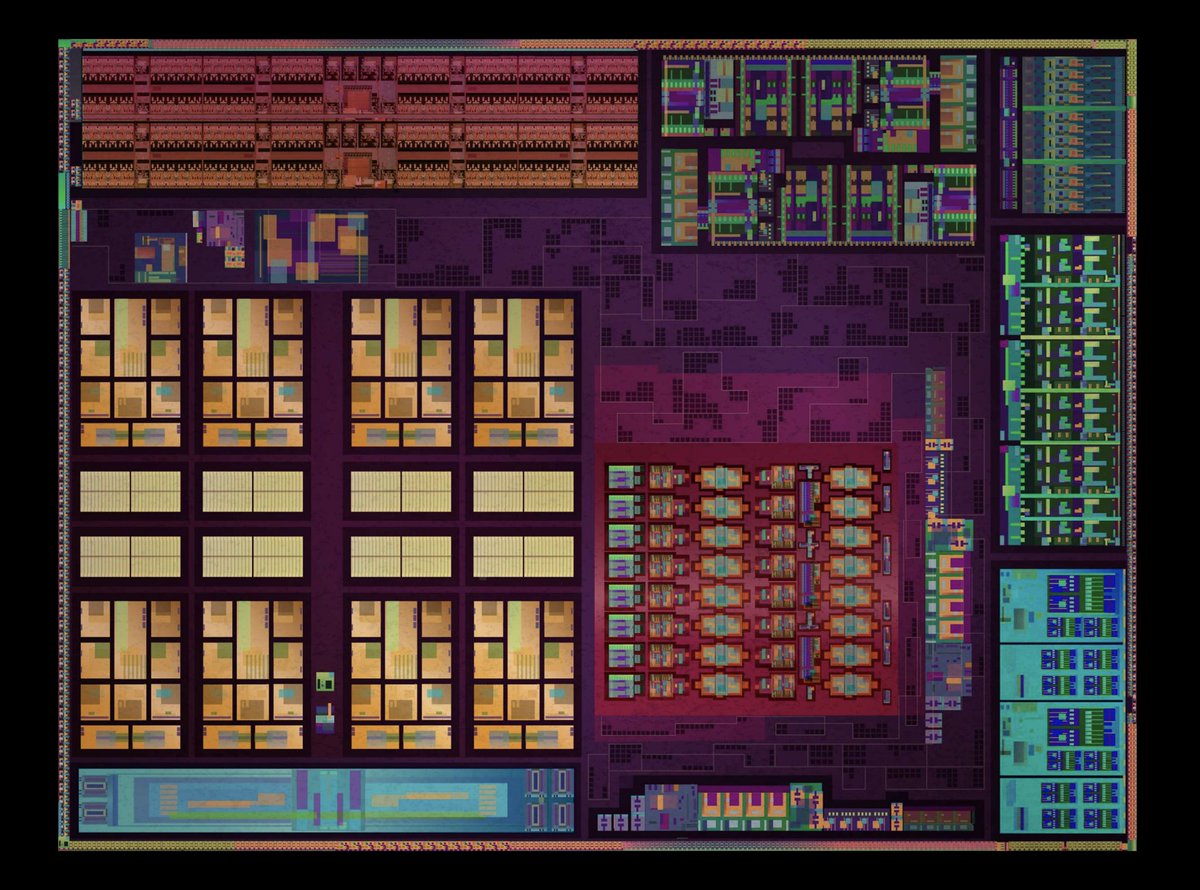
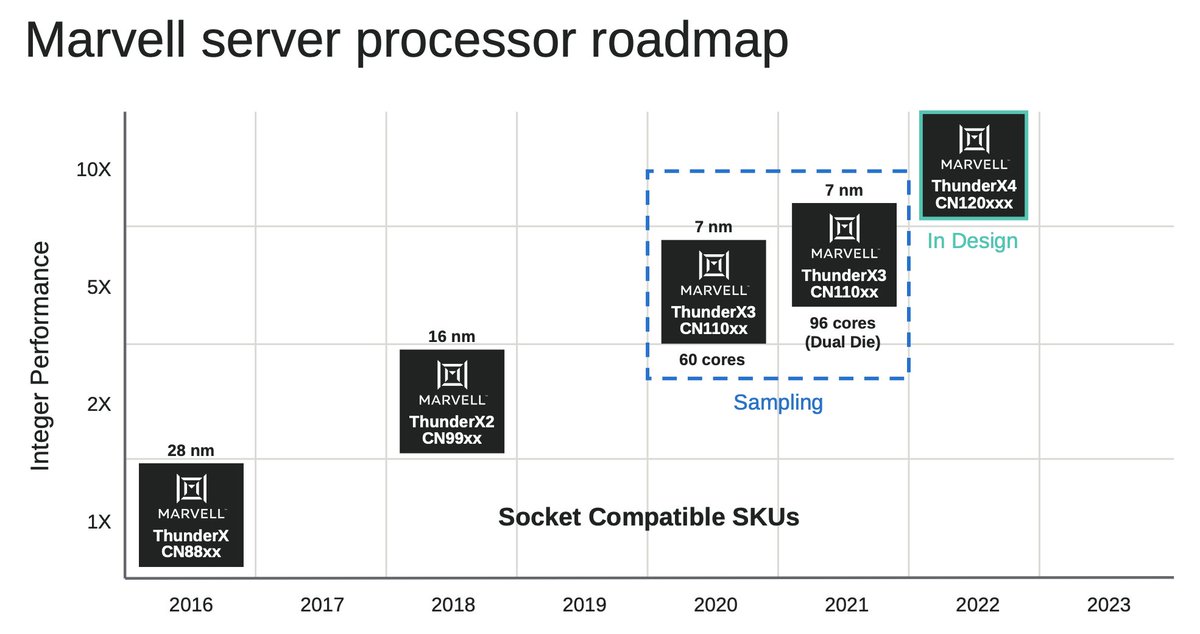
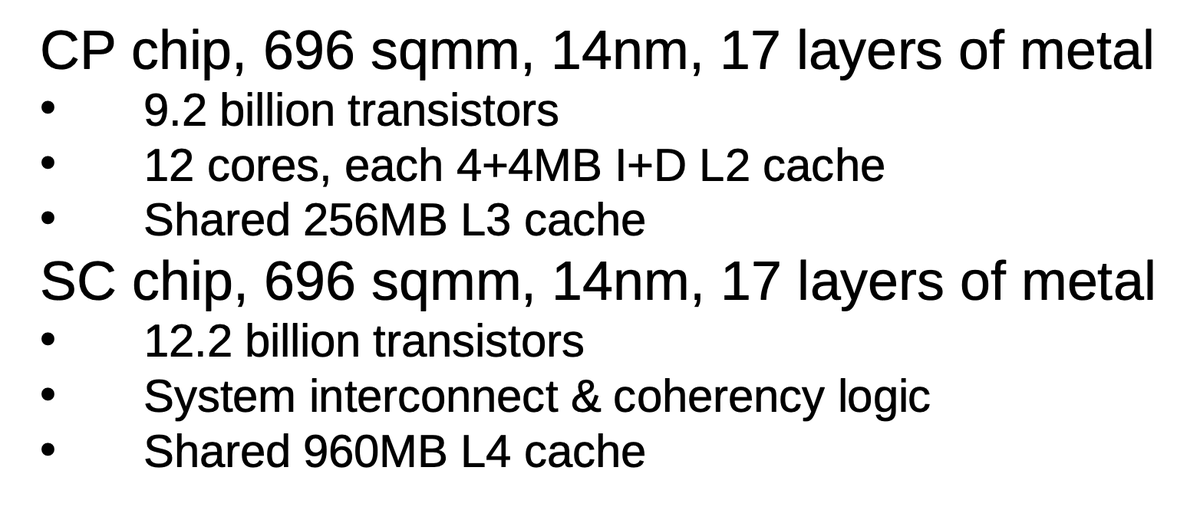
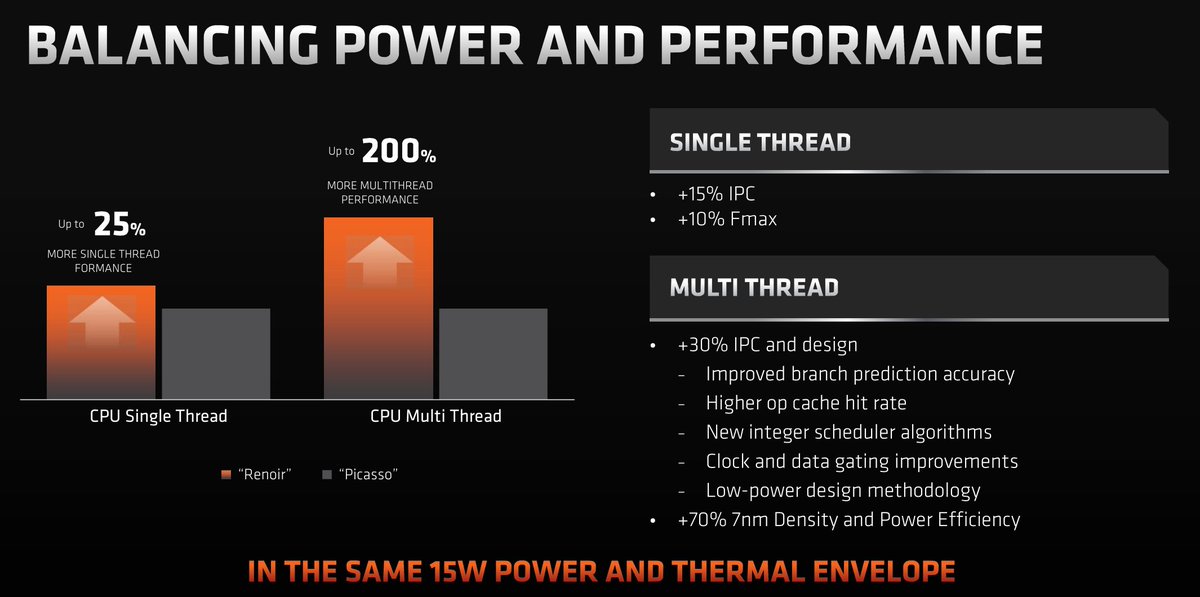
But here are the core improvements to transistors & metal layers above in today's slides. Expect a significant perf boost vs current Ice Lake chips.
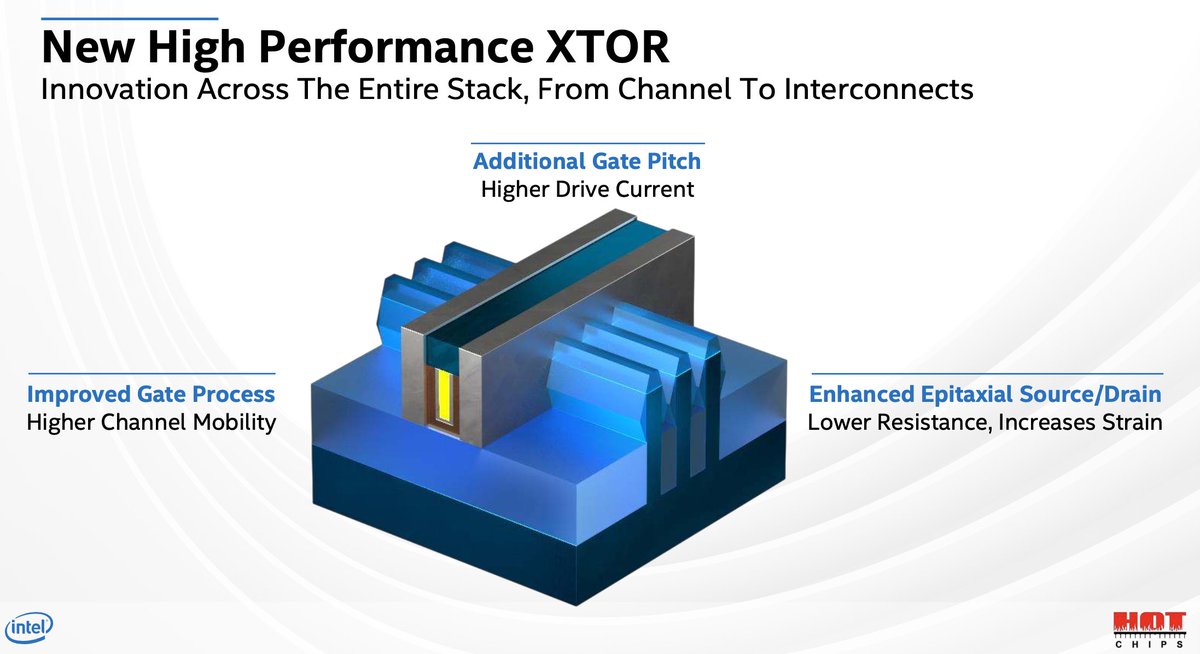
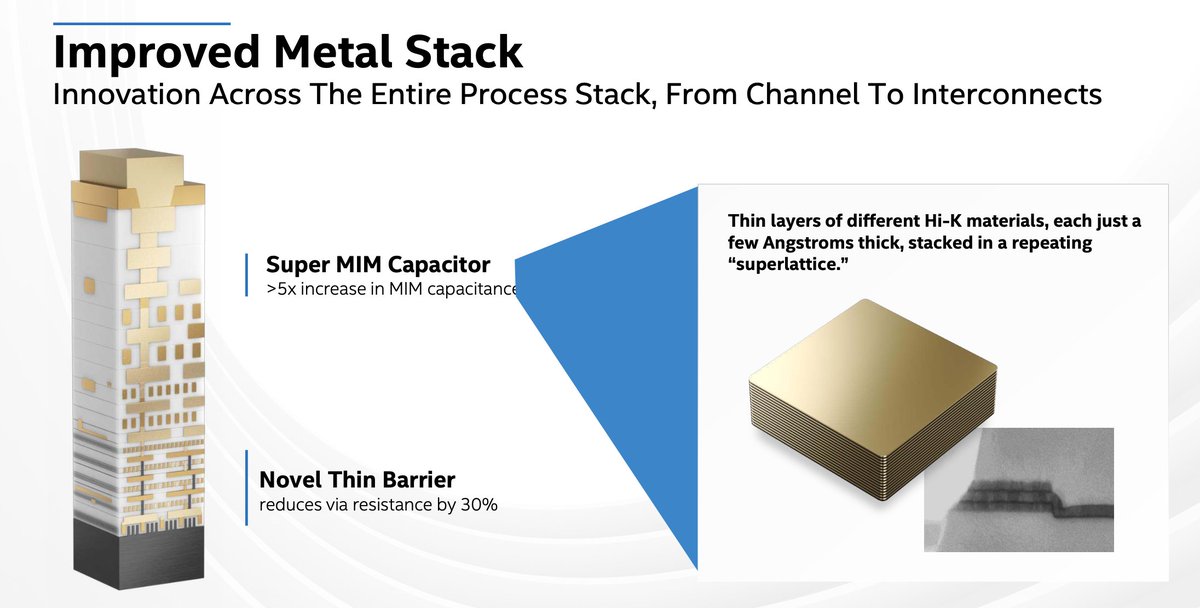
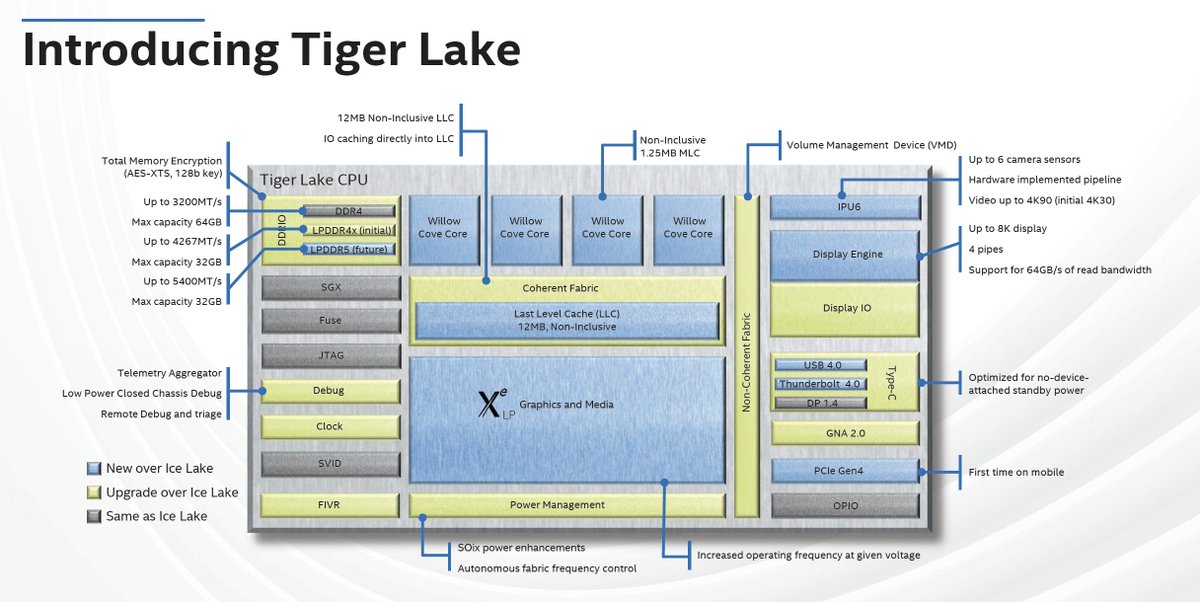
(OK not really.)

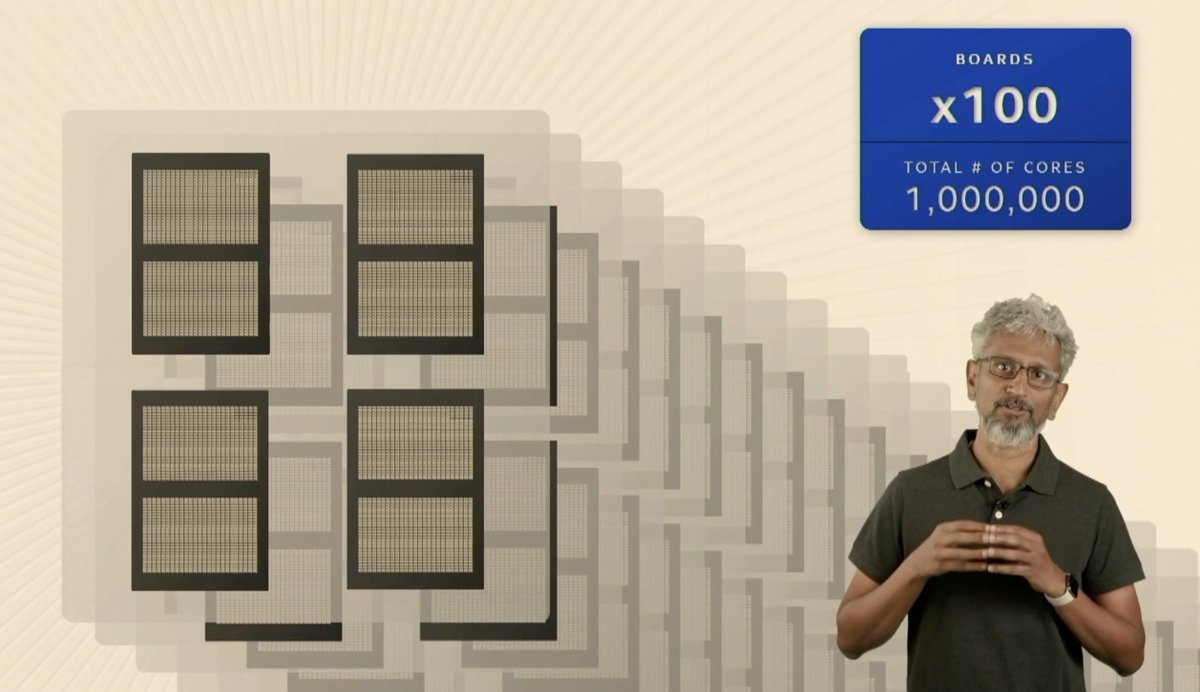
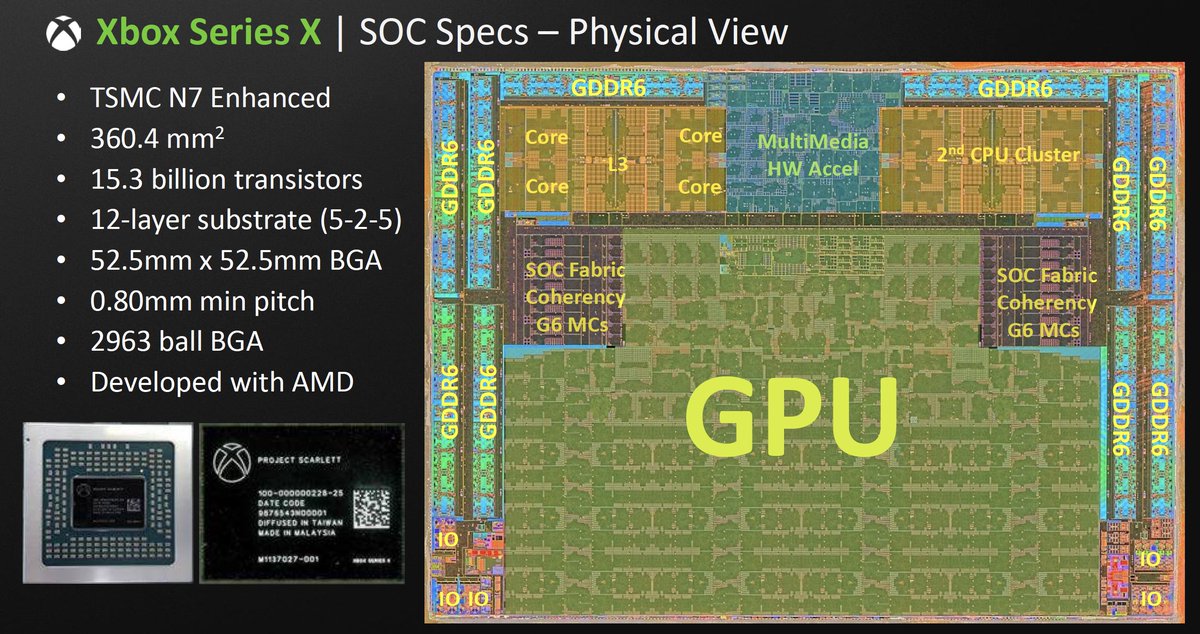
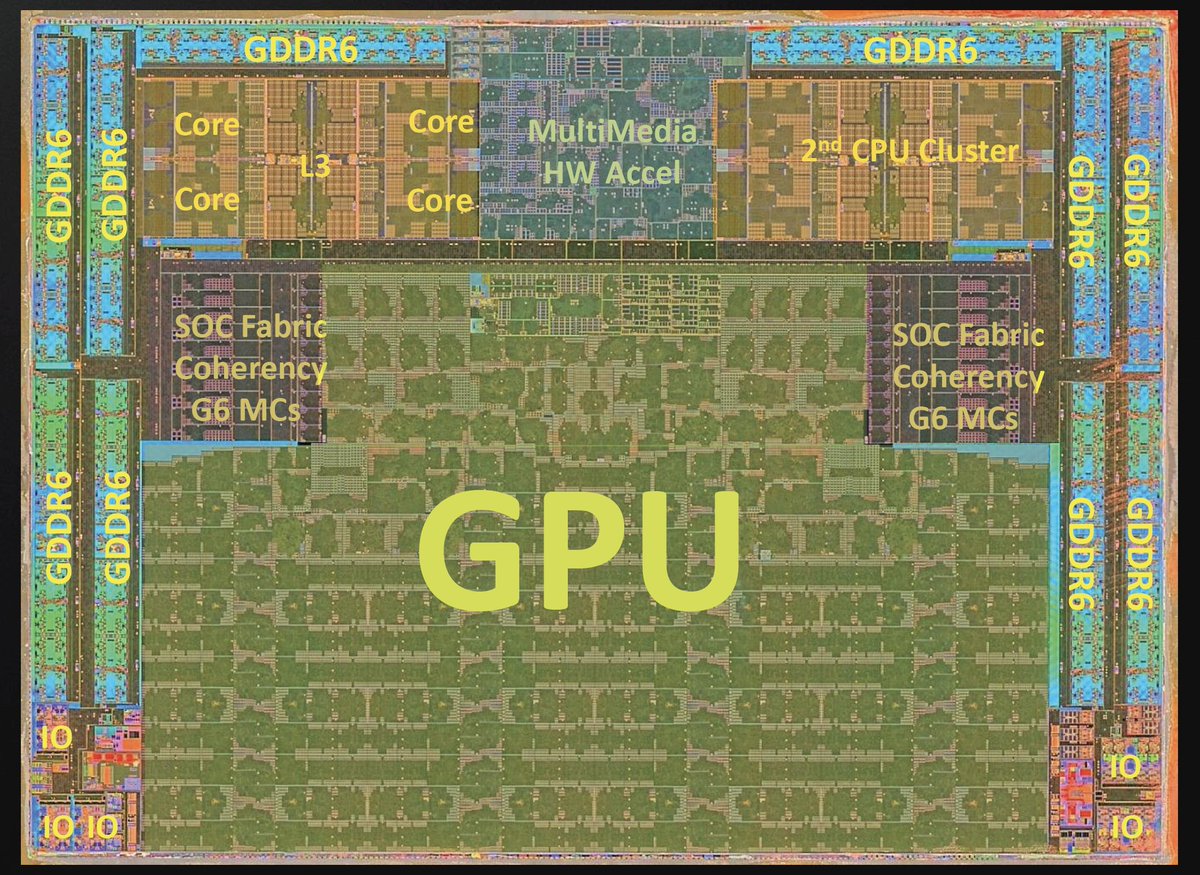











Keep Current with Stephen Shankland
This Thread may be Removed Anytime!
Twitter may remove this content at anytime, convert it as a PDF, save and print for later use!

1) Follow Thread Reader App on Twitter so you can easily mention us!
2) Go to a Twitter thread (series of Tweets by the same owner) and mention us with a keyword "unroll"
@threadreaderapp unroll
You can practice here first or read more on our help page!